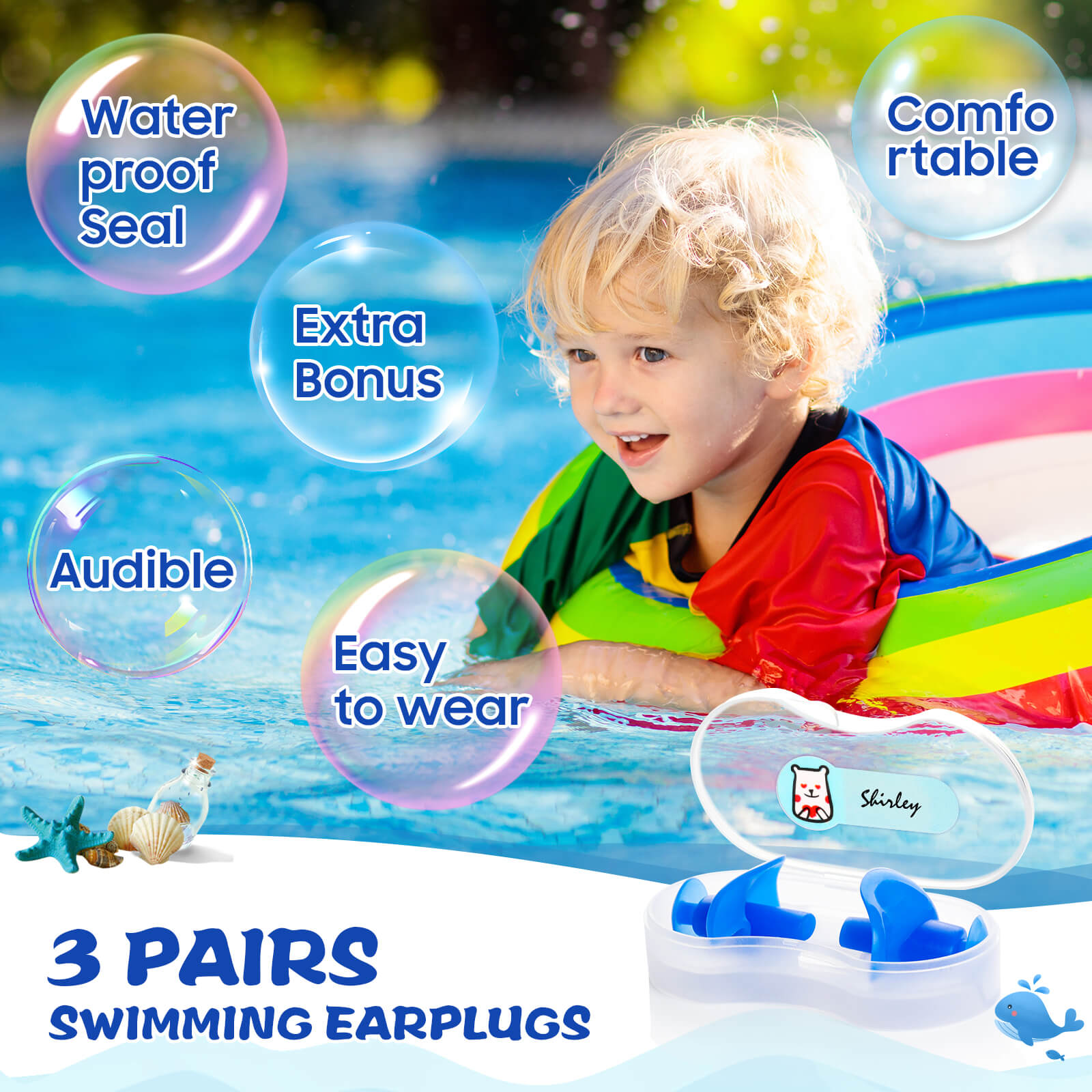Choosing the Best Kid-Friendly Ear Plugs: A Guide for Parents
Body
When it comes to protecting our children's hearing, finding the best kid-friendly ear plugs is essential. Whether it's a noisy environment, a concert, or even swimming, ear plugs can help prevent potential damage to their delicate ears. In this guide, we will explore the different factors parents should consider when choosing ear plugs for their kids.

1. Understanding the Importance of Kid-Friendly Ear Plugs
Children have more sensitive ears compared to adults, making them more susceptible to hearing damage. Exposure to loud noises can lead to temporary or permanent hearing loss, which can have a significant impact on their development and quality of life. Kid-friendly ear plugs provide a comfortable and effective solution to protect their ears in various situations.
One of the key benefits of kid-friendly ear plugs is their ability to reduce noise levels without completely blocking out sound. This allows children to still hear important sounds, such as their parents' voices or alarms, while minimizing the harmful effects of loud noises.
2. Factors to Consider When Choosing Kid-Friendly Ear Plugs
2.1 Size and Fit
Proper fit is crucial when it comes to ear plugs for kids. Ill-fitting ear plugs may not provide adequate protection or may cause discomfort, leading children to remove them. Look for ear plugs specifically designed for children, with adjustable or customizable options to ensure a secure and comfortable fit.
Some ear plugs come in different sizes or with sizing options to accommodate children of different ages. It's important to choose ear plugs that are appropriate for your child's age and ear size to ensure optimal protection.
2.2 Noise Reduction Rating (NRR)
The Noise Reduction Rating (NRR) indicates the effectiveness of ear plugs in reducing noise levels. The higher the NRR, the greater the noise reduction. When selecting kid-friendly ear plugs, look for a suitable NRR that provides adequate protection for the specific noise levels your child may encounter.
For example, if your child will be attending a concert, where noise levels can reach high decibels, opt for ear plugs with a higher NRR. On the other hand, if your child needs ear plugs for general noise reduction, such as during study time or while traveling, a lower NRR may be sufficient.
2.3 Material and Comfort
The material of the ear plugs plays a significant role in their comfort and effectiveness. Soft and hypoallergenic materials, such as silicone or foam, are commonly used for kid-friendly ear plugs. These materials provide a comfortable fit and minimize the risk of irritation or allergic reactions.
Some ear plugs are designed with additional features, such as ergonomic shapes or ventilation, to enhance comfort and prevent the feeling of pressure or blockage in the ears. It's important to consider your child's comfort preferences and any specific sensitivities they may have when choosing the material and design of the ear plugs.
2.4 Ease of Use and Maintenance
Kid-friendly ear plugs should be easy for both parents and children to use. Look for ear plugs that are easy to insert and remove, especially for younger children who may need assistance. Some ear plugs come with insertion tools or instructions to ensure proper usage.
In addition, consider the maintenance requirements of the ear plugs. Are they reusable or disposable? Can they be easily cleaned? These factors can affect the convenience and cost-effectiveness of the ear plugs.
3. Additional Tips for Using Kid-Friendly Ear Plugs
While choosing the right ear plugs is important, it's equally essential to educate your child about the importance of wearing them and how to use them correctly. Here are some additional tips:
- Explain to your child why ear plugs are necessary in certain situations, such as loud concerts or swimming.
- Show your child how to properly insert and remove the ear plugs.
- Encourage your child to speak up if they experience any discomfort or if the ear plugs feel loose.
- Regularly clean and inspect the ear plugs for any signs of damage or wear.
- Store the ear plugs in a clean and safe place to prevent loss or damage.
By following these tips and choosing the best kid-friendly ear plugs, you can ensure that your child's hearing is protected in various environments.
Conclusion
Choosing the best kid-friendly ear plugs is a crucial step in safeguarding your child's hearing. By considering factors such as size and fit, noise reduction rating, material and comfort, and ease of use and maintenance, you can find the perfect ear plugs for your child's needs. Remember to educate your child about the importance of wearing ear plugs and how to use them correctly. With the right ear plugs, you can provide your child with the necessary protection without compromising their comfort or enjoyment.
References:
2. American Speech-Language-Hearing Association
3. Centers for Disease Control and Prevention










Comments